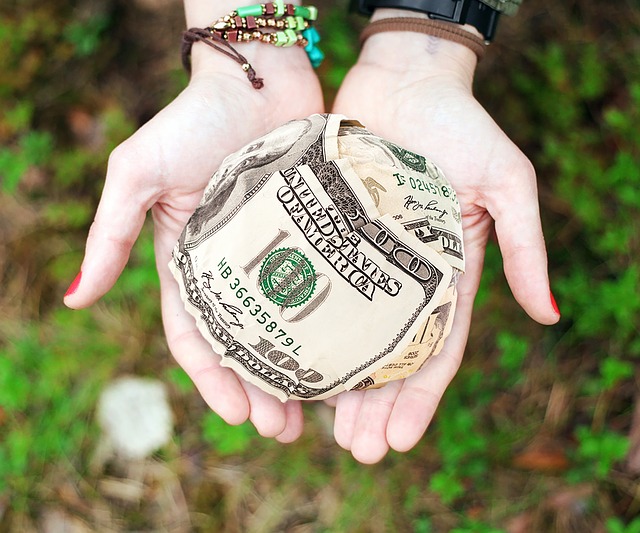
Hello there you world-shattering, dent-in-the-Universe-making YOU!
I might not know exactly what you are working on these days, but I know it’s epic.
I also know you are working on creating social change with your business by having a charitable component blended into your model (I know that because you are reading THIS).
And… while your charitable efforts are amazing, there is a lot of work that is going into, and that’s not followed by a huge amount of funding. Correct?
You need a plan.
A fundraising plan, which is exactly like a sales plan only that the product you sell is the social impact you create with your charitable model.
I don’t know what charitable effort is and what it does, but the way I suggest you think about it (and that applies for the business side of the business too) is to think of Starbucks. What do they sell? (Newsflash, it’s not coffee) What do people buy? They buy the ability to function for a couple of hours + belonging to the Starbucks tribe (you want that logo on the cup, otherwise you’ll go to a vending machine and buy a cup for 50 cents).
So, when people think they bought the coffee, that’s not what they bought. The coffee was just the vehicle (the “how”). They bought alertness + tribe (the “what”)
And to paraphrase Steve Jobs, the customer does not know. That’s because most people are not awake enough (at that moment or through their entire lives in general) to deconstruct their decisions. I know I don’t think what am I buying when I buy a drink or a sandwich. I think I buy the drink or the sandwich, but I really don’t… I am buying the pleasure I feel while consuming it, or the outcome of not feeling hungry and being able to go on with my day for x number of hours. Get it?
So… back to your for-profit and non-profit concepts. Here’s what you need to do:
1. Sit down and articulate what’s your “what”.
2. You probably have some good articulation of your “how”; polish a bit to fit well with the “what”
3. Then, create a wish list that you can go to others donors/funders with. What can they give you money for? Program operations? Supplies? Coordinator time/staffing? Snacks for the kids? Etc. I don’t know what your charity does so I am just brainstorming.
4. Attach numbers to that wish list. If you run into me in the elevator and I am a donor that I happen to be gung-ho about exactly the type of work that you do, you better have a short list of your top 3 needs (words and $$) in your back pocket. Add a few line items for your time and to account for the true cost of making the world a better place… This list is your inventory. You sell off that list. You can sell one product at the time, two products bundled together, wholesale, retail. Etc.
5. If you don’t have a budget yet – no offense. I know agencies that have been around for 10 years without a budget. It happens. Look back and create a budget for 2016 (whatever your actual was) + a projected budget for 2017. If you are new, just estimate.
6. Look for nonprofits similar to the work that you do and see who funded them (their website is often indicative of that).
7. Start calling people ASAP and share with them about the work. It takes time
8. In the meantime, dive more into learning how the nonprofit world works and how funding decisions are made. It has it’s quirks. But your nonprofit efforts can help your for-profit efforts on several dimensions (you can build different kind of partnerships, test products, test your market, develop new ideas, etc. at scale for zero cost while changing the world for the better, etc.) and be fantastic PR at the same time.
So, while it adds in complexity, if you have a tax exemption for the charitable arm (no everyone does and not everyone should), the tax exemption can open very interesting doors and bring big funding.
If you have 6 months of cash, you need to do the above TODAY because it takes a lot of time. Even if I would have a donor in the room right now, if you don’t have “inventory” what would they buy (other than your charisma and vision, which is significant but never the whole story)?
That’s why you are struggling, in essence. It’s a pipeline, inventory and communications challenge.
Cristina




Leave a reply